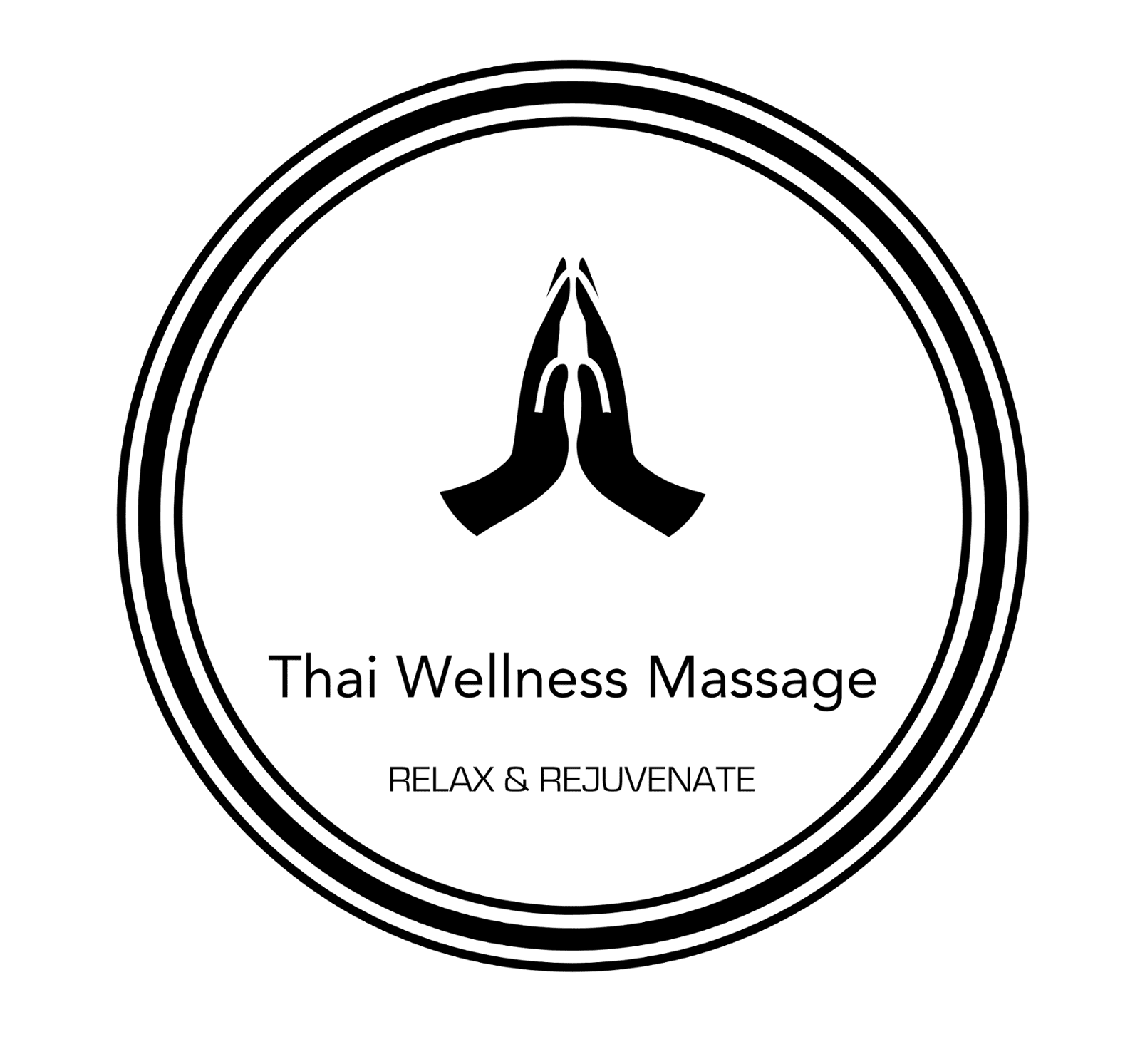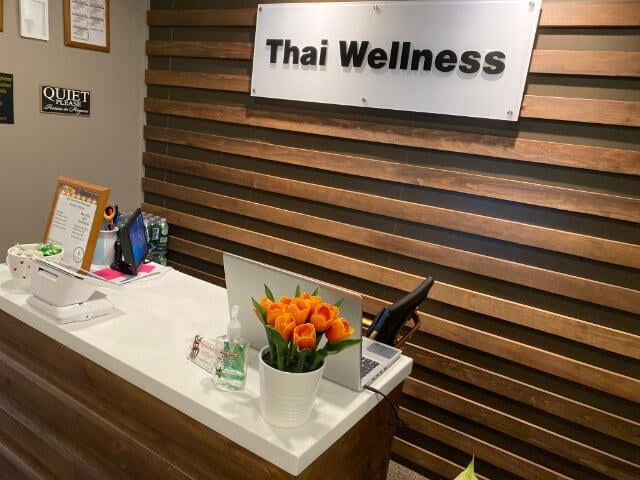Reflexology
Benefits
30 Minutes - $75 || 60 Minutes - $110
Who should consider a Deep Tissue Massage?
Reflexology can be a beneficial addition to your wellness routine for a variety of reasons, but it's important to consider who might get the most out of it. Here's a breakdown of ideal candidates:
Good Candidates
- Feeling overwhelmed? If you live a fast-paced life and chronic stress is a constant companion, reflexology might be your relaxation buddy. It can promote deep calmness and reduce stress hormones, leaving you feeling more centered.
- Sleep Seekers:
- Tossing and turning at night? The relaxation benefits of reflexology may translate into better sleep. By promoting feelings of calm and well-being, it can make falling asleep and staying asleep easier.
- Pain Warriors:
- Headaches, migraines, or general aches and pains got you down? While research is ongoing, some studies suggest reflexology may offer relief for various pain conditions. It's worth considering as a complementary approach to pain management.
- Other Potential Benefits:
- Digestive issues: Reflexology may help alleviate digestive discomforts like constipation, bloating, and indigestion.
- Circulation: Some believe reflexology can improve circulation, promoting better delivery of oxygen and nutrients throughout the body.
- General well-being: Even if you don't have any specific concerns, reflexology can be a relaxing and enjoyable way to invest in your overall health.
People to Consult a Doctor Beforehand:
- Reflexology is not a medical treatment. It should be seen as a complementary therapy alongside conventional medicine.
- While generally safe, reflexology may not be suitable for everyone. Consult your doctor if you have certain medical conditions like blood clots, open wounds, or foot fractures.
Always remember: Communication is key! Discuss your health history and any concerns with the massage therapist before the session. They can tailor the pressure and techniques to your specific needs.
What to expect during your session
Reflexology is a foot-focused (though sometimes hand or ear focused) therapy that aims to improve health through pressure application on specific reflex points. Here's a walk-through of a typical reflexology session:
Before the Massage
Consultation: The massage therapist will start with a brief consultation to understand your health history, any concerns you have, and your desired outcomes. This helps them tailor the treatment to your needs.
During the Massage
- Positioning: You'll comfortably recline in a chair or lie on a massage table. The therapist will focus on one foot at a time, keeping the other covered for warmth and comfort.
- Foot Manipulation: The therapist will use their thumbs, fingers, and hands to apply pressure to specific reflex points on your foot. Techniques may include:
- Thumb Walking: A walking motion with the thumbs applying firm yet comfortable pressure to stimulate reflex areas.
- Finger Pressing: Using fingers to press specific points with varying pressure depending on the area and your tolerance.
- Rocking: A gentle rocking motion applied to certain areas of the foot.
- Gradual Pressure: The therapist will start with lighter pressure and gradually increase it based on your comfort level. Communication is key throughout the session, so don't hesitate to speak up if anything feels too strong or painful.
The Finish:
- Relaxation Time: After working on both feet, the therapist may end the session with some gentle stroking or acupressure techniques to promote relaxation.
- Hydration: It's recommended to drink plenty of water after the session, as reflexology is believed to help release toxins, and hydration aids their elimination.
After the Massage
Drink Plenty of Water: Increased blood flow from the massage can lead to dehydration, so drinking plenty of water afterward is essential.
Listen to Your Body: You may experience some soreness after a deep tissue massage, which is usually normal and fades within a day or two. Be mindful of your body and take it easy if needed.
Ready to Book Your Reflexology Session ?
Select the Button under the location where you would like to have your appointment.





